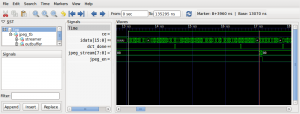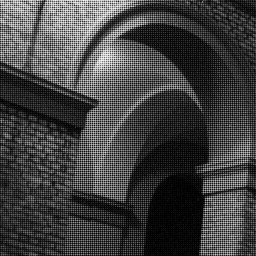Time to write about some academic fun again. Well, it’s language stuff you might not think about. Like: What does Python have to do with FPGAs, or VHDL with XML.
If you have been picking up a few bits on this website in the past, you might have learned about the IP-XACT alike approach: Turn XML into HDL using a XSLT style sheet. Things like these are done on the web daily for XML to web pages.
Now we go the other way: Turning VHDL into XML and then turn this into something else again. Why would we want to do that? Let’s save the clue for later and assume there’s this adacemic fun thing only. But what’s the occasion?
Recent versions of the free GHDL VHDL compiler and simulator were augmented by a –file-to-xml option, which dumps the fully analyzed AST (abstract syntax tree) into an XML structure. Typically, this results in a huge file, including lots of cross references between analyzed objects, representing all of the complexity of carefully engineered languages as VHDL.
But why would we want to go beyond something that is as strict as VHDL?
Users familiar with GHDL might not just like it for its simulation purposes, but also for its excellent analysis and re-factoring features, such as the cross referenced HTML output. The XML file output option is taking this even further: Now you can basically analyze your code structures even more in depth and your own customized way, without getting into the VHDL parsing yourself.
But…halt. What’s taking the burden from parsing XML instead of VHDL? That’s where the XSLT technology comes in. We don’t have to mess with all tree related issues in a programming language. XSLT might be unreadable and not too easy to debug, but once you get the hang of it, it can save you a lot of work. More plusses:
- It’s compact
- It allows to switch between ‘lazy analysis’ and ‘complex coverage’ approach using its template features
- It runs in a browser
The last item is represented in a demo below.
So where is this heading? This XML discussion might have been originated from some pondering on how to get from VHDL analysis (done by GHDL) to a synthesizable net list, or anything that can be fed to a mapper.
That’s ambitious, really. But why not take the small steps first:
- Create a graph from an entity [Demo]
- Check HDL for non-synthesizable constructs
- Check HDL for design rules
- Convert HDL into [ MyHDL, Verilog, …]
- Create language independent RTL format for OpenSource mappers
- Follow whygee’s idea of a smart elaboration towards synthesis




